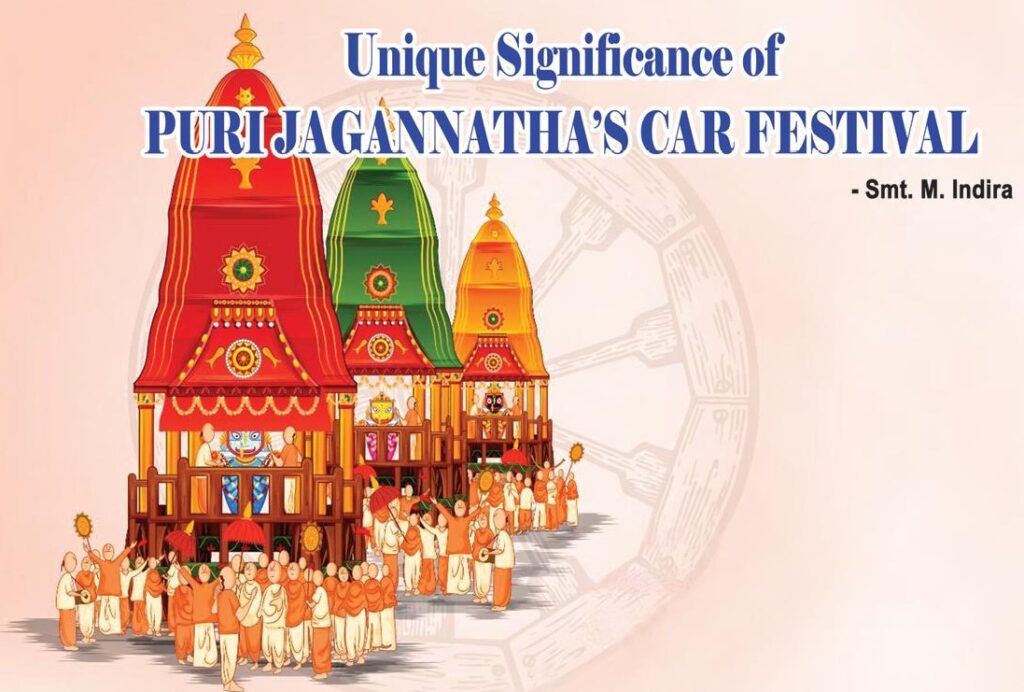Significance of Puri Jagannatha Ratha Yatra The car festival or chariot festival in Puri is an unprecedented world-famous divine festival in Odisha. It is a grand colourful ceremony endowed with unique significance. It is not a mere religious festival but a public festival held without any discrimination of caste, gender, position or creed. It is Read More
Tag: Puri Jagannatha Ratha Yatra
The Mystique of PURI Jagannatha Ratha Yatra
Puri Jagannatha Ratha Yatra Every year, within the confines of the ancient city of Puri in Odisha, India, the Jagannatha Ratha Yatra takes centre stage. This revered event, steeped in tradition and mythology, attracts millions of devotees and tourists worldwide. It offers a rare opportunity for spectators to witness the divine procession of Lord Jagannatha Read More

